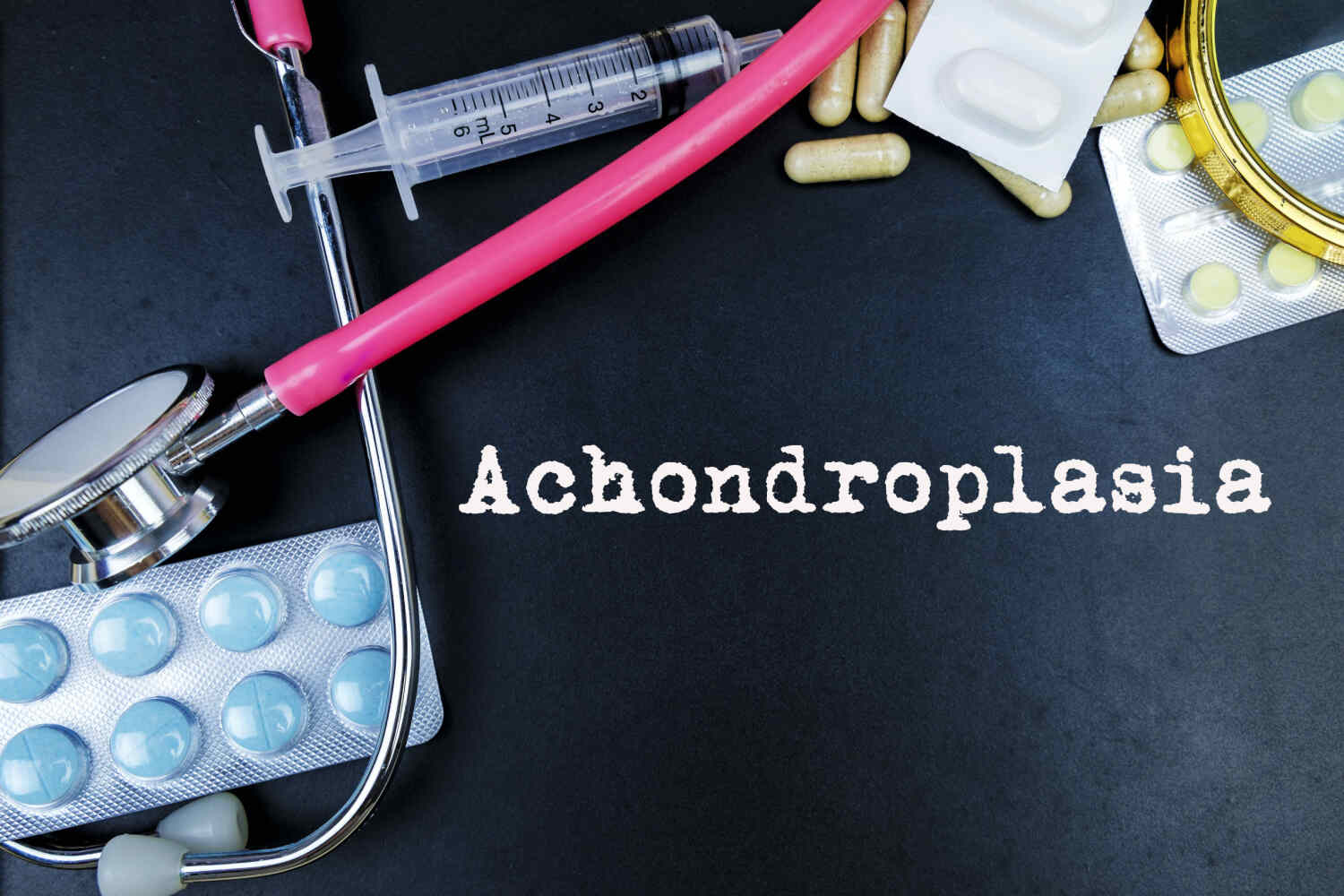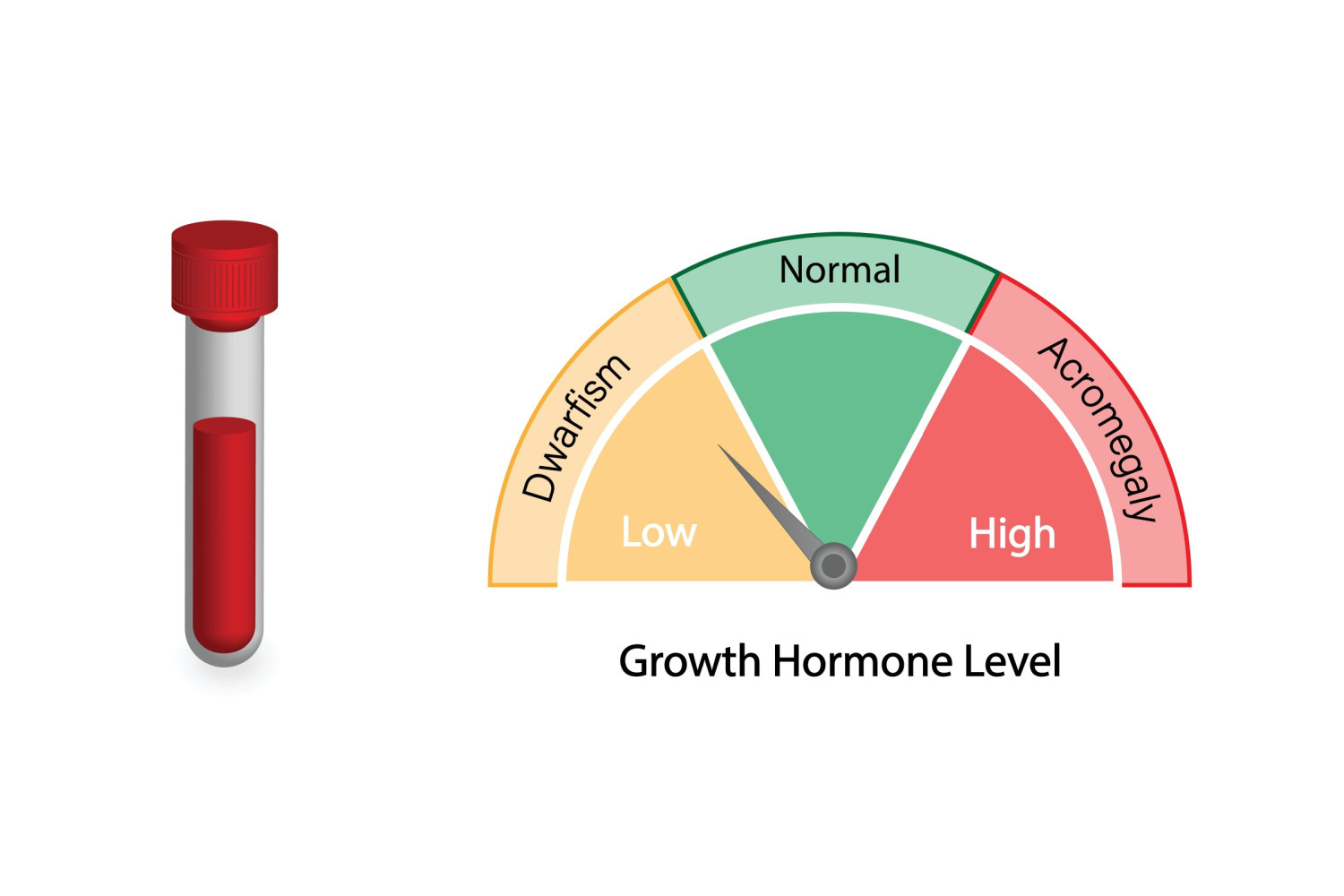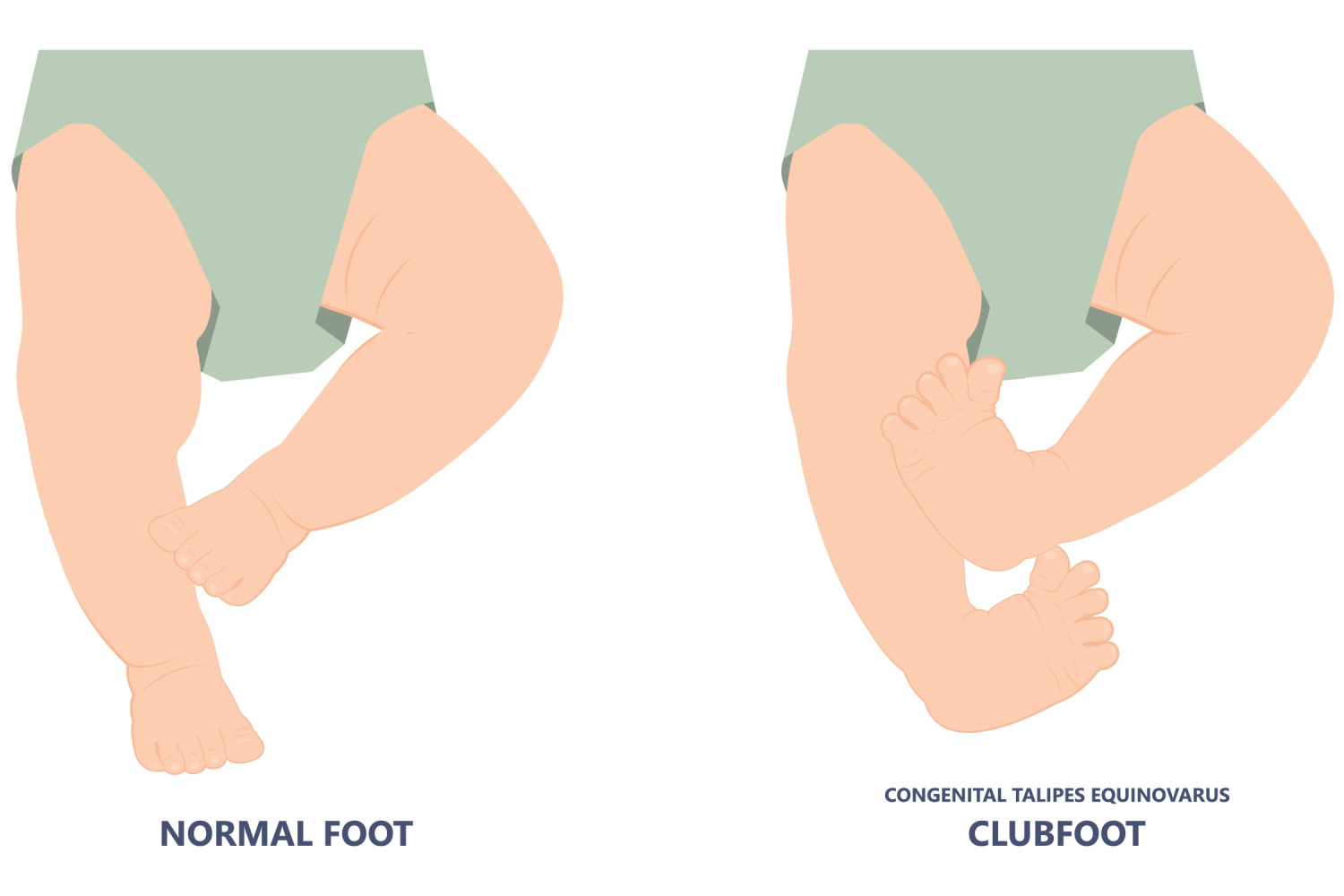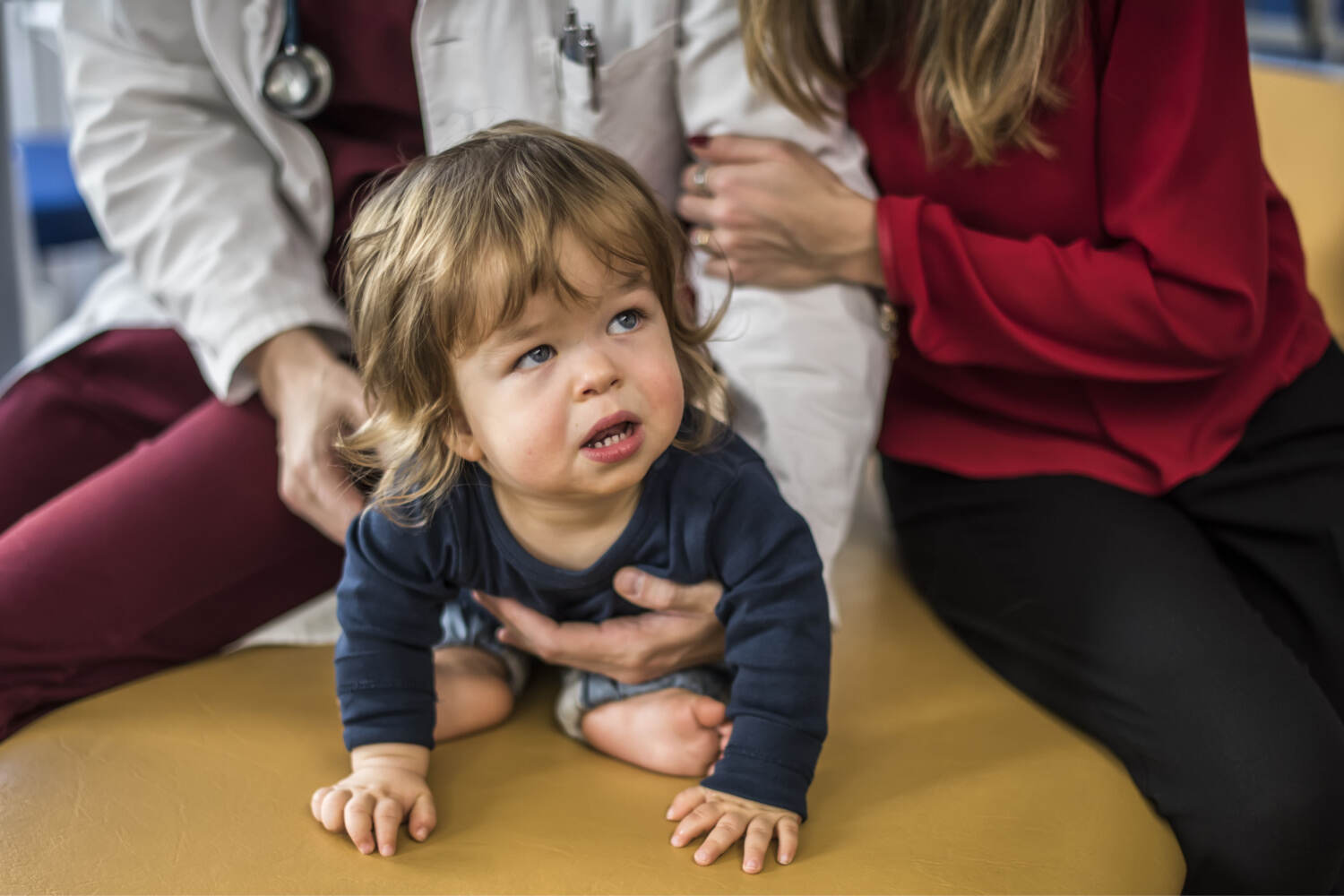
Dwarfism in children is a serious condition that hinders the developmental and social adaptivity of the child. Children with dwarfism need special treatment and support from their parents as well as society.
A parent needs to notice the early signs of dwarfism in their child to take necessary actions. For that, you must know the causes, diagnosis, and treatment options available for dwarfism in children. Read this article to know all about dwarfism in children.
In This Article
- What is Dwarfism?
- Types of Dwarfism
- What Are The Causes of Dwarfism in Kids?
- What Are The Signs And Symptoms of Dwarfism?
- How is Dwarfism Diagnosed in Children?
- What Are The Treatment Options For Dwarfism in Children?
- Tips For Parents to Help a Dwarf Child
- When Should You Consider Meeting a Doctor?
- FAQ’s
What is Dwarfism?
Dwarfism is a condition in which the height of an individual remains below 4 feet 10 inches (1). It is characterized by short stature and hindered bone growth. Dwarfism is not a disease that can be cured with medicine. Rather it is a lifelong condition caused by genetic mutation or deficiency of growth hormones.
Types of Dwarfism

Dwarfism is divided into two broad groups- proportionate dwarfism and disproportionate dwarfism. In proportionate dwarfism, all parts of the body grow small but proportionately or at the same pace (2). Proportionate dwarfism mainly is a result of deficiency of growth hormone in the body. Thus an overall lack of growth can be seen in the child with proportionate dwarfism. Proportionate dwarfism is hard to diagnose until late childhood or even puberty.
On the other hand, in disproportionate dwarfism, some organs of the body (especially limbs) remain small while others grow normally (3). Disproportionate dwarfism is a product of a genetic mutation that causes irregular growth of bones. Disproportionate dwarfism is easy to diagnose in the prenatal stage or immediately after birth by looking at the shorter limbs compared to the head and trunk.
What Are The Causes of Dwarfism in Kids?
A lot of factors can directly and indirectly cause dwarfism or short stature in children. The main causes behind dwarfism are genetic disorders, bone disease, hormonal deficiency, malnutrition, and underlying medical conditions.
1. Genetic Bone Disorder

Skeletal dysplasia or genetic bone disorder is the most prevalent cause of dwarfism. Genetic mutation during the formation of the male or female gamete or at the time of conception leads to skeletal dysplasia (4). It is not preventable and curable. Achondroplasia, pseudoachondroplasia, diastrophic dysplasia, and spondyloepiphyseal dysplasia are the four types of skeletal dysplasia.
2. Hormonal Disorder

The pituitary gland secretes the growth hormone that boosts bone growth and synchronizes the elongation of muscles, tissues, and cartilage (5). So any problem in the pituitary gland, deficiency, or untimely secretion of growth hormones can cause dwarfism.
3. Malnutrition
Lack of nutrition during pregnancy and the developing years can hinder the growth of children. Malnutrition of the mother during pregnancy results in babies with low birth weight and slow growth (6).
4. Chronic Medical Conditions
Celiac disease, chronic kidney problems, and IBD (inflammatory bowel disease) can slow down the metabolic rate of the body and result in stunted growth (7).
What Are The Signs And Symptoms of Dwarfism?

The most prevalent sign or symptom of dwarfism is the unusually short stature. The average height of an adult with dwarfism is 1.47 meters (4 feet 10 inches) or less. Most of the symptoms of dwarfism become prominent as the child reaches puberty. The major symptoms of dwarfism other than short stature are-
- Large head
- Wide forehead
- Bowed legs
- Flat nasal bridge or occurrence of a bony area on the top of the nose
- Shorter arms and legs
- Broad palms and feet but comparatively short fingers and toes
- A curve in the spine or scoliosis (8)
- Clubfeet
- Cleft palate
- Hearing problems, ear infections, changes in the outer ear, or cauliflower-like appearance of the outer ear
- Hitchhiker’s thumbs
- Orthopedic problem that hampers free movement
- Breathing problems due to narrowing of the nasal passage
- Building up of fluid around the brain or hydrocephalus (9)
- Sleep apnea
It is important to notice these signs and provide necessary support to the child with dwarfism to ease their physical as well as societal problems.
How is Dwarfism Diagnosed in Children?

Diagnosis of dwarfism is possible in some cases at the prenatal ultrasound of 20 weeks. However, in most cases, the diagnosis of dwarfism occurs after the birth of the child. The diagnosis methods of dwarfism in children are (10) –
- Prenatal ultrasound- it can identify shorter limbs but larger head at around 20 weeks
- Amniocentesis- in this test, the doctor will safely take a sample of your amniotic fluid to figure out the genetic mutation
- Chorionic villus sampling- this test involves taking a small sample of the placenta to test genetic mutation
- Physical examination- once the child is born, a thorough physical examination can detect disproportionate dwarfism
- CT scan, MRI, and X-ray to detect bone deformity
- Brain scan for checking the development of the pituitary gland
- Growth hormone deficiency test
- Blood test to detect genetic abnormality
What Are The Treatment Options For Dwarfism in Children?
The treatment of dwarfism is based on its symptoms. There are different treatment options for different types of dwarfism such as-
- Somatotropin, an artificial growth hormone for children suffering from growth hormone deficiency
- Surgeries for correcting the posture of limbs
- Dental and spinal corrections
- Physiotherapy for improving motor movement
- Speech therapy and hearing aids
Dwarfism is incurable. So the main aim of its treatment is to improve the overall quality of life for the child with dwarfism (11).
Tips For Parents to Help a Dwarf Child

The role of the parents becomes more vital with a dwarf child. As a parent, you will have to provide continuous mental and physical assistance to a child with dwarfism (12). Here are some tips that may help you parenting a dwarf child-
- Understand the type of dwarfism your child has and what type of assistance it requires with periodic visits to a pediatrician
- Opt for guided physiotherapy to ensure joint mobility
- Purchase furniture such as a table chair, dressing table, or cupboard that helps a dwarf child to be self-reliant
- Teach all the age-appropriate behaviors like potty training, and shoe lacing at the proper time
- Use extenders to help your dwarf child use the door or switches independently
- Do not ever demean your child for the height or let others do it
- Treat your child as a normal child and let them socialize
- Teach your child how to casually sweep negative comments and remarks
Children with dwarfism can be as excellent as others if you treat them right from the beginning.
When Should You Consider Meeting a Doctor?

If you suspect a delayed growth and motor development in your child then consider meeting a doctor. Take the necessary tests to diagnose the type of dwarfism and its possible treatment.
If your child has already been diagnosed with dwarfism then maintain a schedule of doctor checkups to analyze any development. Immediately consult a doctor if you notice any sudden change in the physical or psychological nature of the child.
Of course, it will be difficult to raise a child with dwarfism. But with proper education, mental support, understanding, and an enriching environment they can excel in anything they want. So do not sympathize rather empower your child. Remember, dwarfism in children is not a hindrance, they can do anything and live a normal life. All they need is the right support and environment.
FAQ’s
1. At What Age Does Dwarfism Show?
In some cases, doctors can detect dwarfism at the prenatal ultrasound tests after 20 weeks. But in most cases, it takes a few months to even a few years to properly diagnose dwarfism in a child.
2. What Deficiency Causes Short Height?
Growth hormone deficiency, endocrine disorder, and deficiency of proper nutrition can cause short height in humans. One can take the help of artificial hormones, and medicines and follow a nutrient-rich diet in the developing years as a cure against short height.
References
- Frequently Asked Questions – [https://www.lpaonline.org/faq-#Definition]
- Symptoms -Restricted growth (dwarfism) – [https://www.nhs.uk/conditions/restricted-growth/symptoms/]
- Dwarfism Classification – [https://www.news-medical.net/health/Dwarfism-Classification.aspx]
- Study on pathogenic genes of dwarfism disease by next-generation sequencing – [https://www.ncbi.nlm.nih.gov/pmc/articles/PMC7942040/]
- Oral manifestations in growth hormone disorders – [https://www.ncbi.nlm.nih.gov/pmc/articles/PMC3354844/]
- Nutritional dwarfing: is it a consequence of disturbed psychosocial functioning? – [https://pubmed.ncbi.nlm.nih.gov/1945633/]
- Growth Retardation in Children with Kidney Disease – [https://www.ncbi.nlm.nih.gov/pmc/articles/PMC3800635/]
- Disorders of the spine in diastrophic dwarfism – [https://pubmed.ncbi.nlm.nih.gov/6991501/]
- Hydrocephalus – [https://www.ninds.nih.gov/health-information/disorders/hydrocephalus]
- Dwarfism Diagnosis – [https://www.news-medical.net/health/Dwarfism-Diagnosis.aspx]
- Successful treatment of dwarfism secondary to long-term steroid therapy in steroid-dependent nephrotic syndrome – [https://pubmed.ncbi.nlm.nih.gov/20647659/]
- Psychiatric aspects of dwarfism – [https://ajp.psychiatryonline.org/doi/abs/10.1176/ajp.133.2.160?journalCode=ajp]
